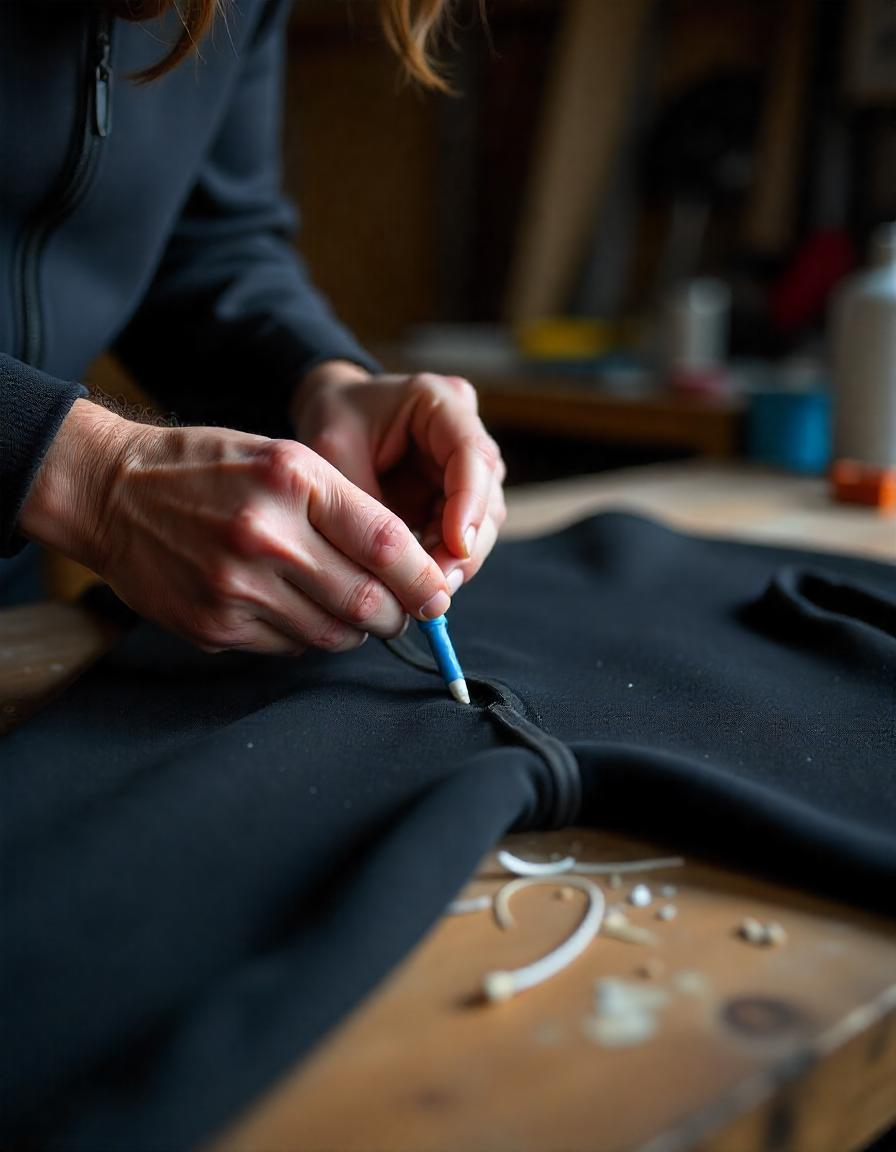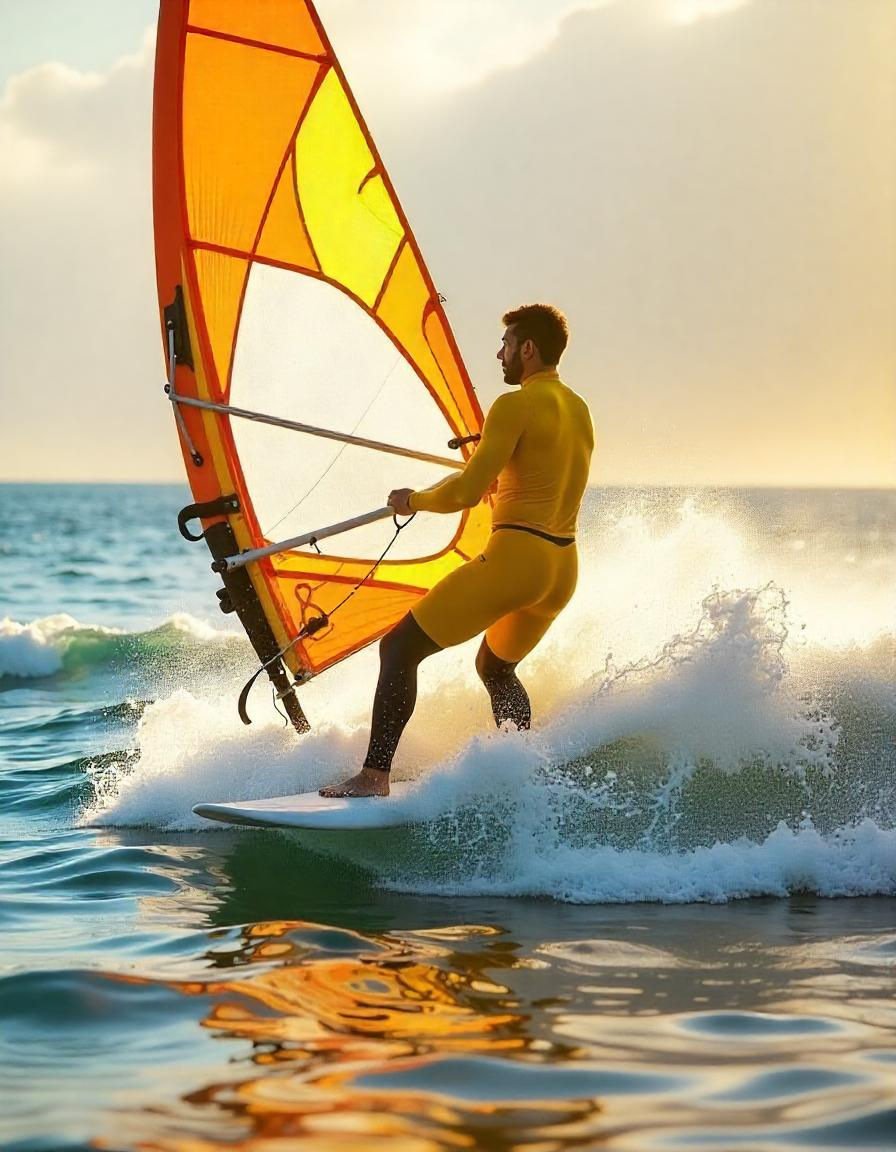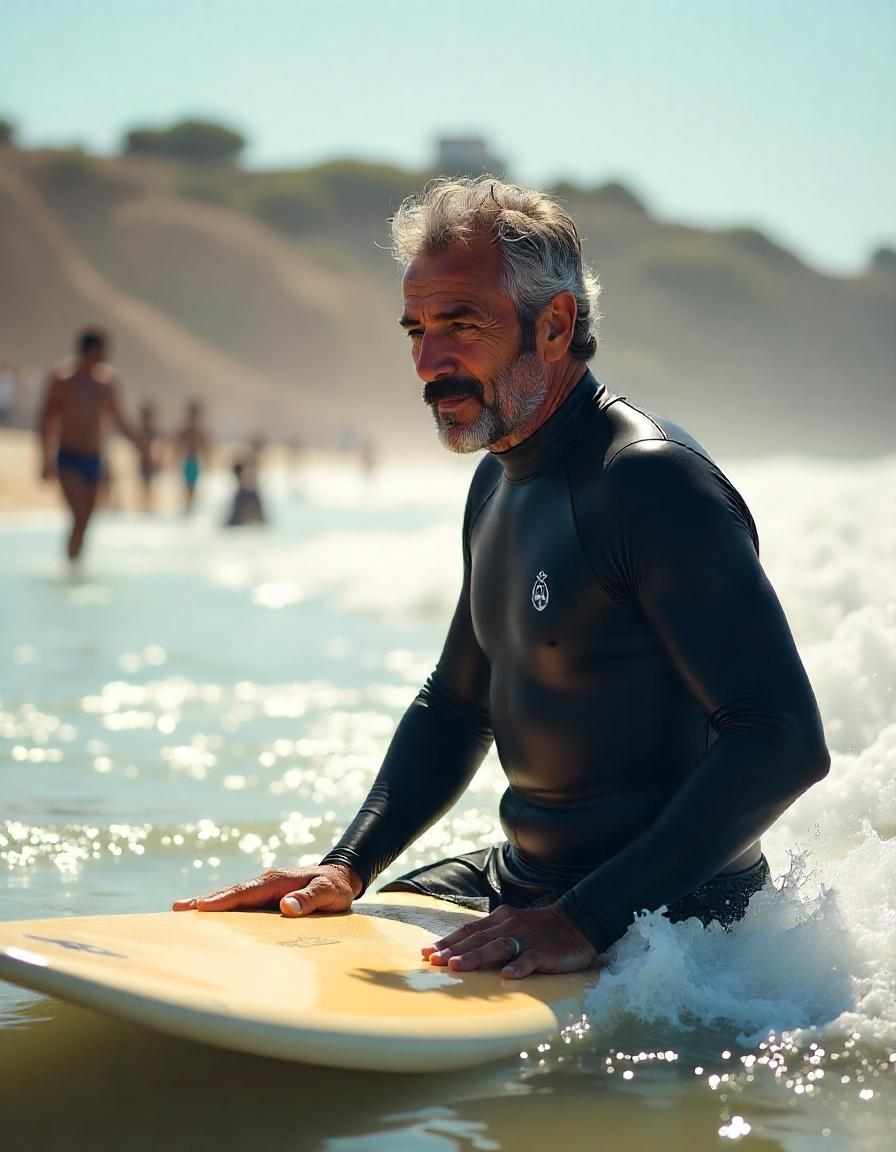A wetsuit’s performance largely depends on the material it’s made from. The right material ensures you stay warm, flexible, and comfortable, whether you’re surfing icy waves or paddling in tropical seas. This wetsuit material guide breaks down the most common materials and their suitability for various water conditions, helping you make an informed choice for your next water adventure.
Why Material Matters
Wetsuit materials influence how well your suit retains heat, repels water, and allows movement. Advanced fabrics are designed to balance insulation with flexibility, ensuring you can perform at your best without sacrificing comfort. Different water temperatures and conditions require unique material characteristics, which we’ll explore below.
Top Wetsuit Materials
1. Neoprene
Neoprene is the most widely used material for wetsuits due to its thermal insulation and durability.
Benefits:
- Warmth: Neoprene traps a thin layer of water between the suit and your skin, which your body warms up to create insulation.
- Durability: Strong and resistant to wear, making it a long-lasting option.
- Flexibility: Stretchy enough to ensure ease of movement during paddling and surfing.
Best For:
- Cold water surfing (5/4mm or thicker neoprene suits for temperatures below 10°C).
- General use in moderate and chilly conditions.
Considerations: Standard neoprene’s environmental impact has led to more sustainable alternatives in recent years.
2. Limestone Neoprene
This is a more eco-friendly version of traditional neoprene, made from limestone instead of petroleum.
Benefits:
- Eco-Conscious: Emits fewer carbon emissions during production.
- Performance: Lightweight and more insulating than standard neoprene.
- Water Resistance: Less water absorption for faster drying.
Best For:
- Winter wetsuits or cold water surfing when extra warmth is required.
Considerations: Generally more expensive than regular neoprene due to its advanced properties.
3. Yulex® Natural Rubber
Yulex is a plant-based neoprene alternative, made from renewable rubber sources.
Benefits:
- Sustainable: Manufactured with less environmental impact.
- Light and Warm: Offers comparable insulation to neoprene.
- Allergen-Free: Lacks harmful chemicals, making it a great option for sensitive skin.
Best For:
- Eco-conscious surfers who need warm suits for moderate to cold water conditions.
Considerations: Availability can be limited, and it may cost more than synthetic options.
4. Smoothskin Neoprene
Smoothskin neoprene features a unique smooth outer layer designed to repel water and block cold winds.
Benefits:
- Windproof: Excellent for breezy conditions.
- Water Repellent: Reduces water absorption, keeping you lighter.
Best For:
- Surfing in windy environments or colder seas.
Considerations: Less durable over time as the smooth surface can subject to scratches and tears.
5. Super Stretch Neoprene
This advanced form of neoprene focuses on maximum flexibility and comfort.
Benefits:
- Movement: Extremely stretchy, allowing a snug fit while maintaining mobility.
- Comfort: Reduces fatigue during long sessions.
Best For:
- Warm water conditions where flexibility takes priority over insulation.
- High-intensity paddleboarding or competitive surfing.
Considerations: Often thinner, so not ideal for very cold water.
6. Titanium-Lined Neoprene
This material incorporates a thin layer of titanium to boost heat retention.
Benefits:
- Enhanced Insulation: Reflects body heat, keeping you warmer in cold water.
- Lighter Weight: Adds warmth without requiring thicker material.
Best For:
- Very cold water surfing or scuba diving.
Considerations: Can be more rigid than other materials, impacting flexibility slightly.
7. Polyester or Nyloprene Panels
These materials are usually laminated onto neoprene for added durability and water resistance.
Benefits:
- Strength: Adds a protective outer layer against wear.
- Smooth Performance: Reduces drag in the water.
Best For:
- Dividing panels across high-wear areas such as knees or elbows.
Considerations: Often combined with other materials rather than used independently.
Comparing Materials for Warm and Cold Water
| Material | Warm Water | Cold Water | Eco-Friendly | Flexibility |
|---|---|---|---|---|
| Neoprene | ★★★★☆ | ★★★★★ | ★★☆☆☆ | ★★★★☆ |
| Limestone Neoprene | ★★★★☆ | ★★★★★ | ★★★★☆ | ★★★★☆ |
| Yulex Rubber | ★★★☆☆ | ★★★★☆ | ★★★★★ | ★★★☆☆ |
| Titanium Neoprene | ★★★☆☆ | ★★★★★ | ★★★☆☆ | ★★★☆☆ |
| Super Stretch Neoprene | ★★★★★ | ★★★☆☆ | ★★☆☆☆ | ★★★★★ |
Stars indicate suitability in each category (5 = excellent, 1 = poor).
Tips for Choosing the Right Material
-
Match to Water Temperatures
- Warmer waters (>15°C): Focus on thinner, breathable materials like super stretch neoprene.
- Colder water (<10°C): Prioritize insulation with thicker neoprene or titanium-lined wetsuits.
-
Consider Sustainability
- Opt for Yulex or limestone options for greener alternatives without sacrificing performance.
-
Think About Durability
- For rugged conditions, reinforce your wetsuit with polyester panels or choose a material known for toughness like limestone neoprene.
-
Factor in Surfing Style
- If you prioritize mobility, go with materials like super stretch neoprene. For warmth-intensive activities like winter surfing, titanium-lined or thicker standard neoprene works best.
Final Thoughts
Choosing the best wetsuit material depends on your surfing style, the water temperatures you frequent, and any personal preferences or environmental priorities. From traditional neoprene to eco-conscious Yulex, each material offers unique benefits tailored to different needs.
Call to Action
Upgrade your gear with the perfect wetsuit material for your surfing adventures. Use this wetsuit material guide to make the right decision, and get ready to ride the waves with confidence, warmth, and sustainability in mind!





